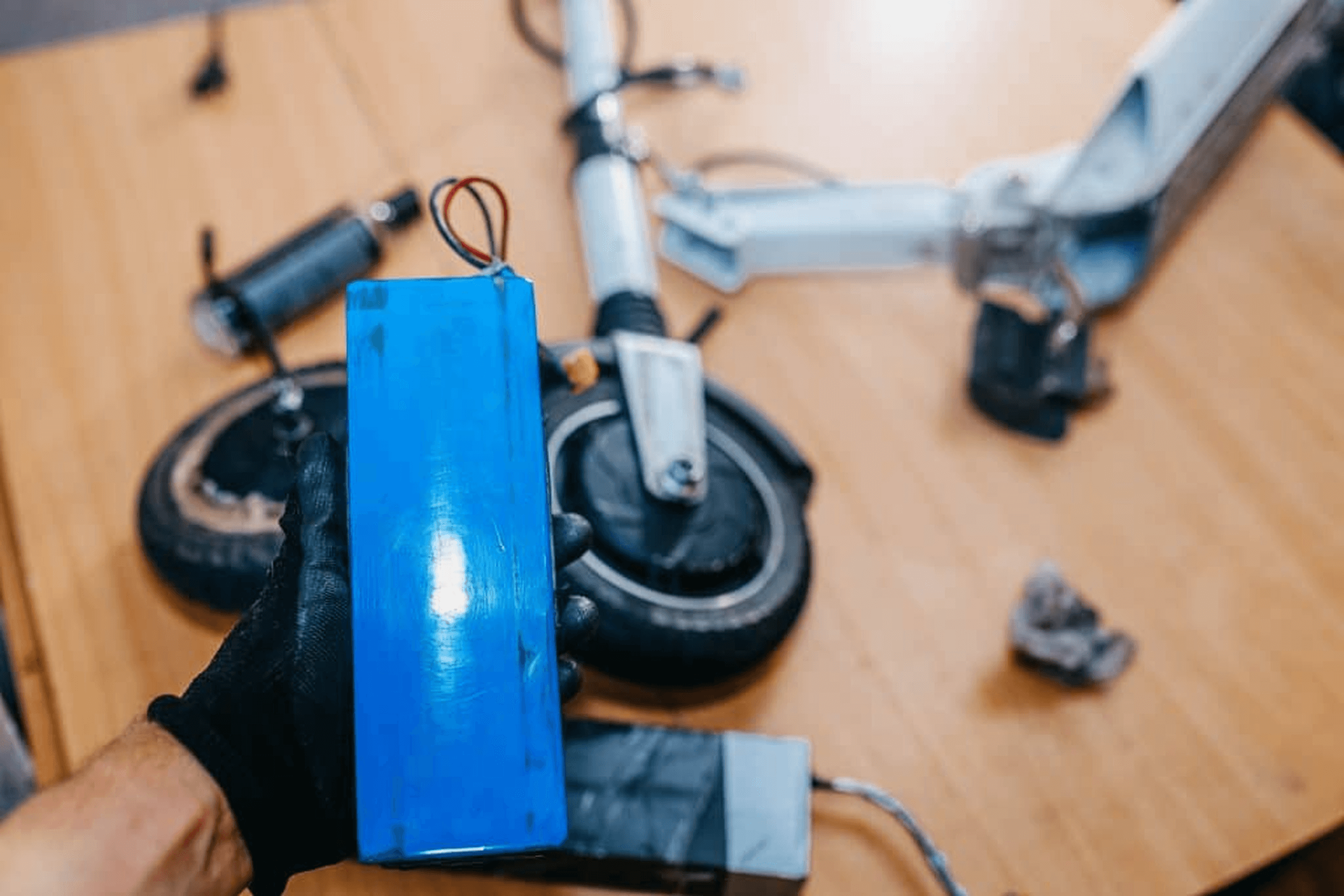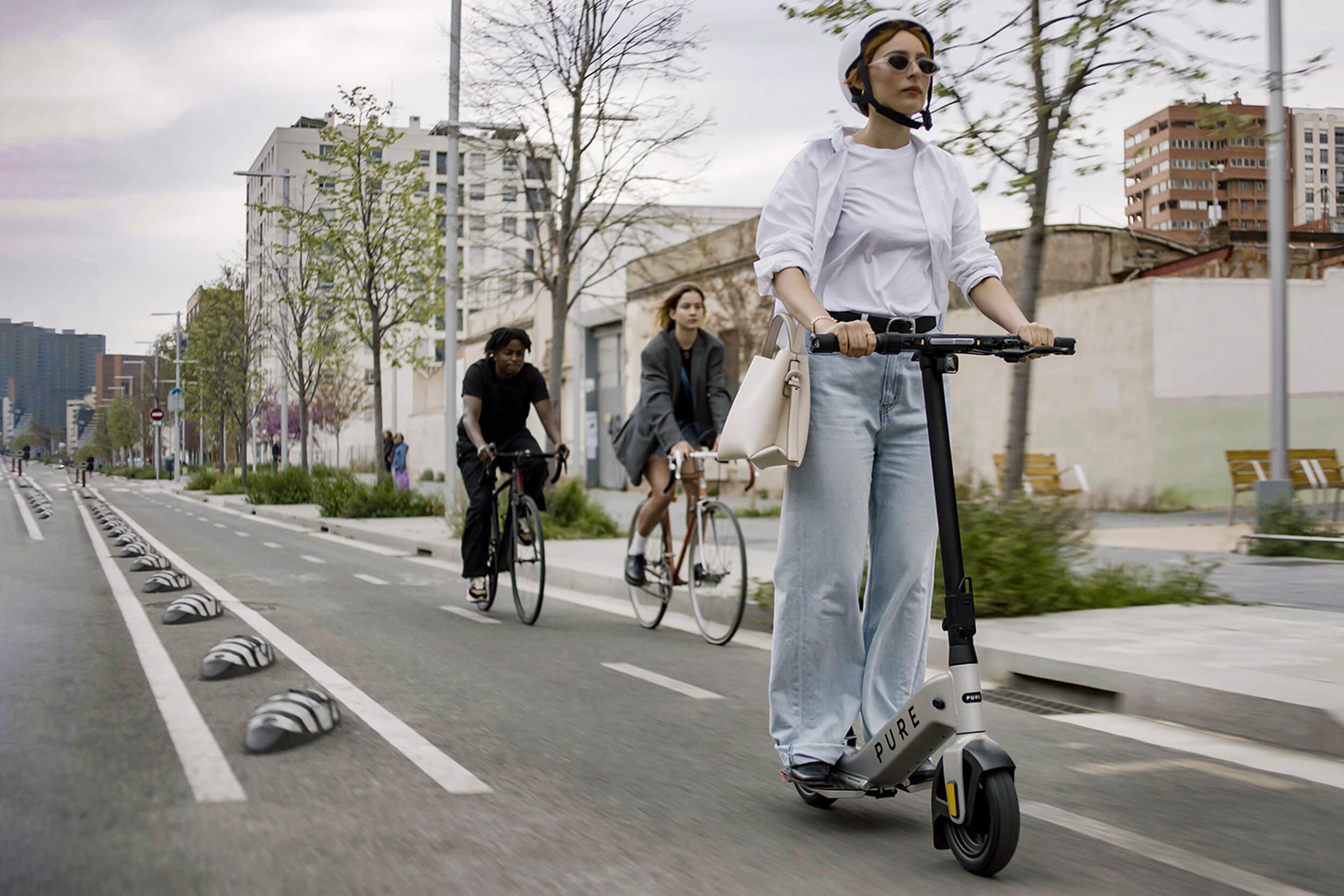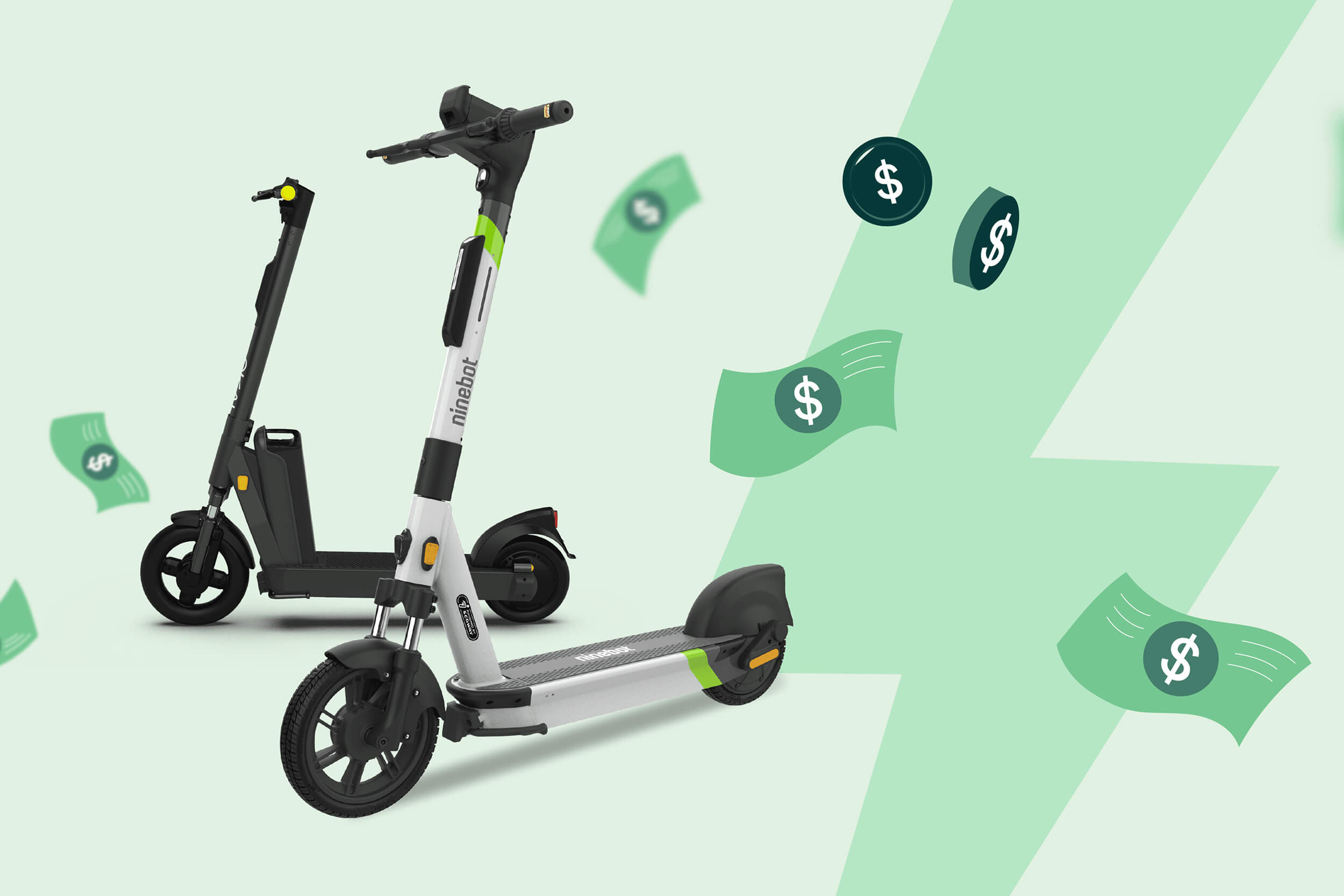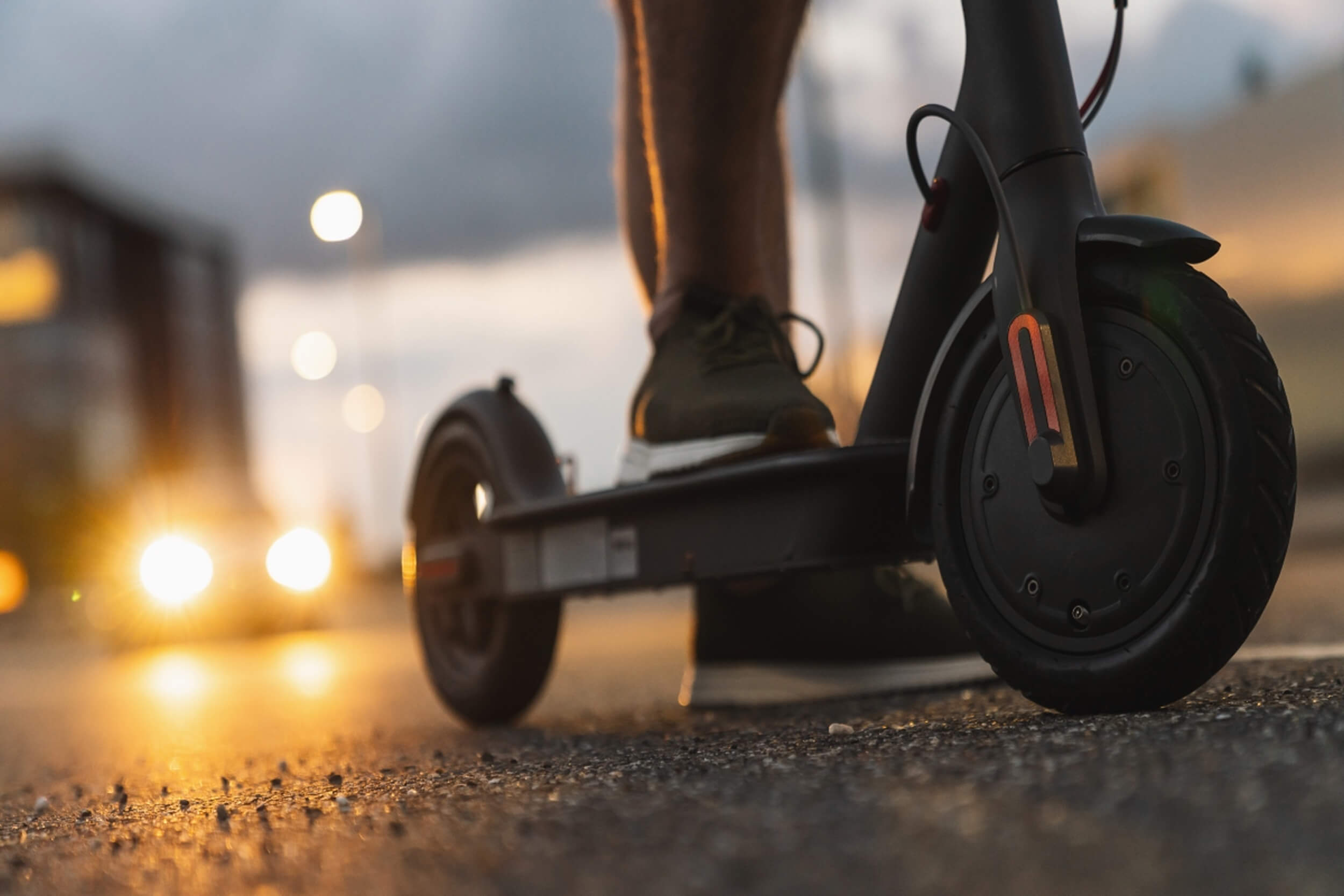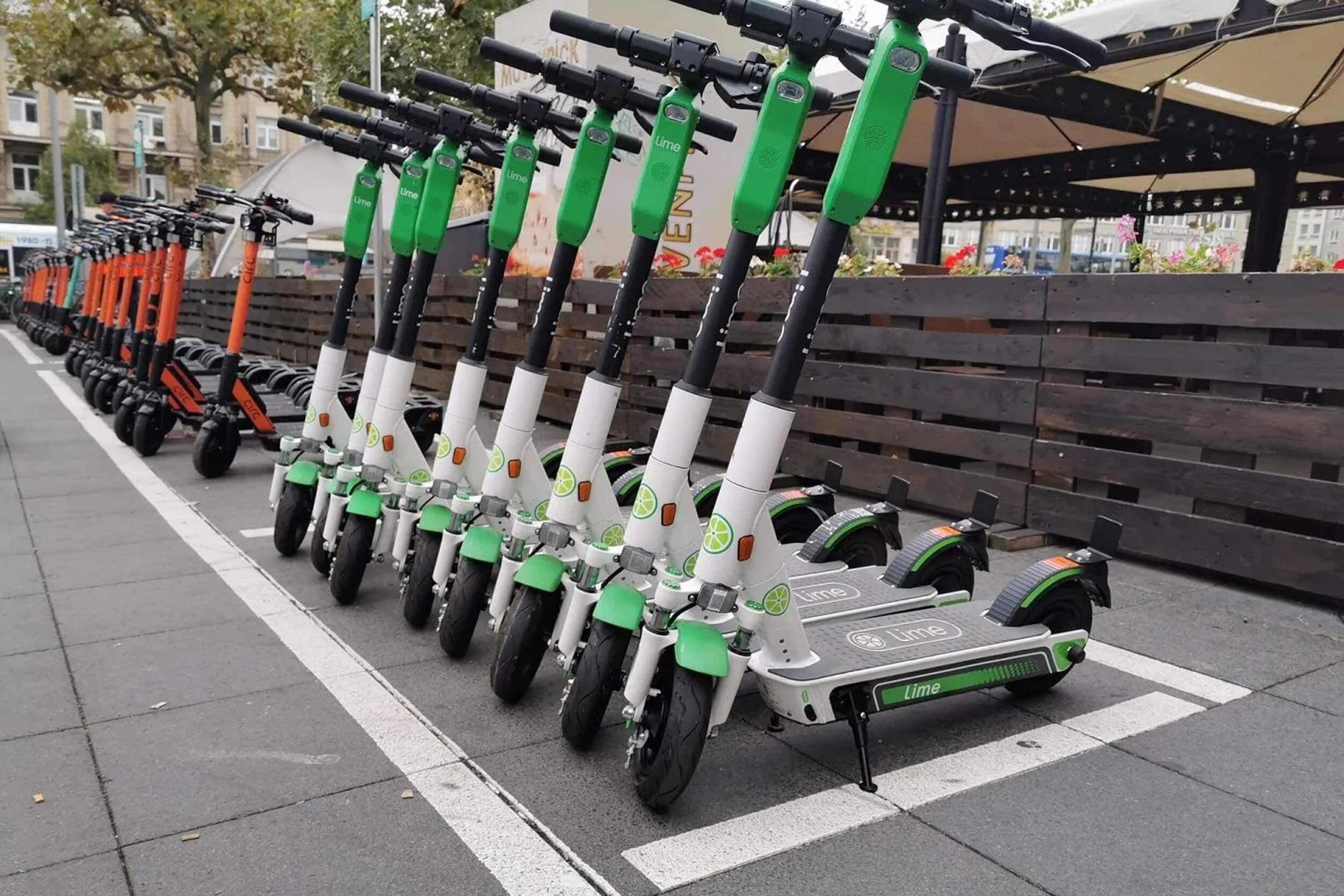
Top E-Scooter Brands in Canada
July 1, 2025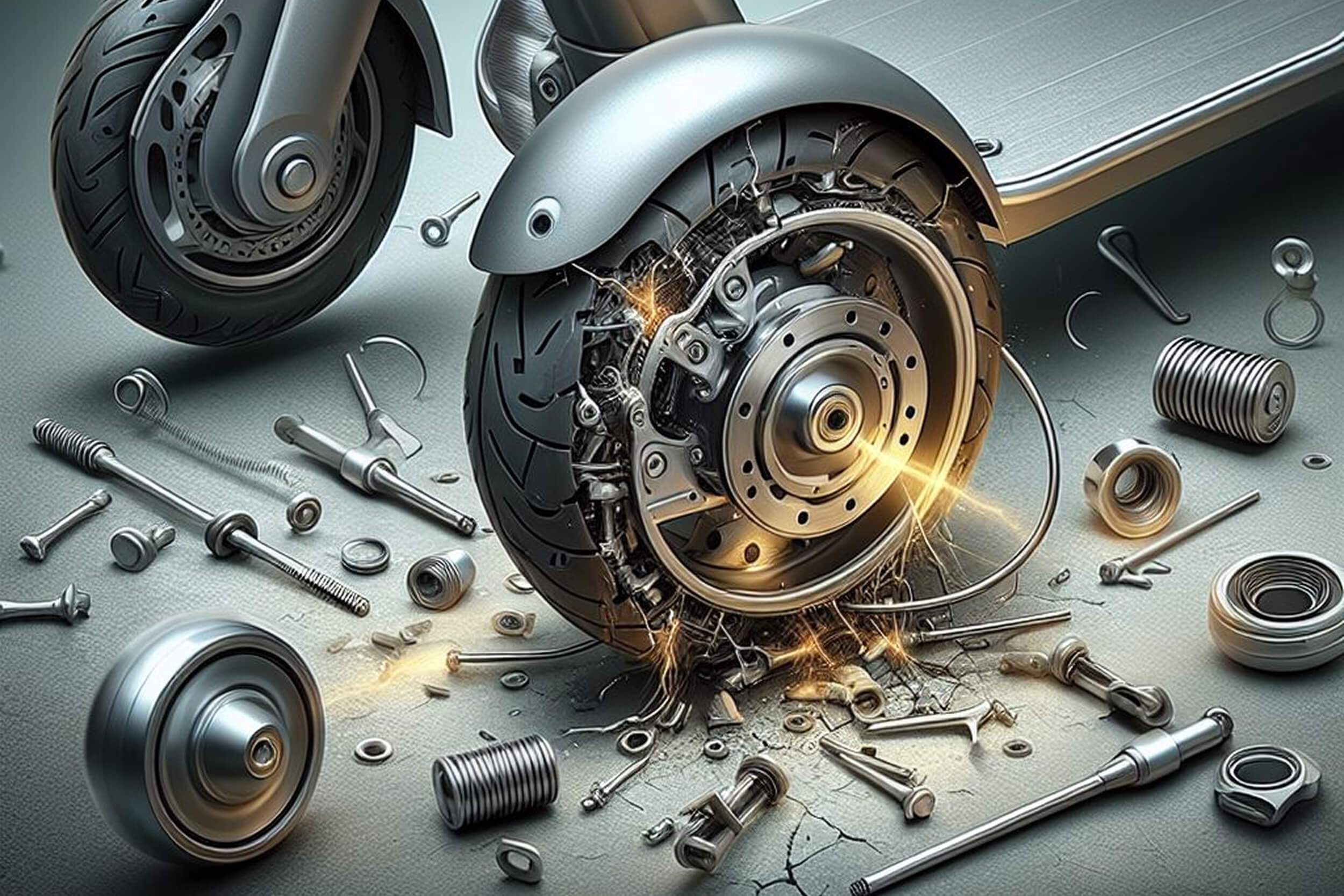
How to Diagnose Common E-Scooter Problems
August 1, 2025The Lifecycle of an E-Scooter Battery: From First Ride to Final Recharge
The heart of every electric scooter is its battery. Whether you’re zipping through city streets or cruising down scenic paths, your battery determines how far, fast, and efficiently you can go. Yet many riders don’t understand the full journey of their e-scooter battery—from the moment it’s manufactured to its final breath and, ideally, its second life.
Understanding the lifecycle of an e-scooter battery is not just about performance—it’s about sustainability, cost-efficiency, and responsible ownership. At Scootshop, we’re passionate about helping users maximize their battery’s lifespan and reduce environmental impact through refurbishment and reuse.
In this article, we’ll explore each phase of an e-scooter battery’s life, the signs of decline, and how you can extend its use before choosing refurbishment or recycling.
Manufacturing and Assembly
Most e-scooter batteries are lithium-ion (Li-ion), chosen for their high energy density, long lifespan, and low weight. These batteries are composed of individual cells, often arranged in packs with battery management systems (BMS) that regulate voltage and temperature.
Battery production involves extracting finite raw materials like lithium, cobalt, and nickel—resources that have environmental and ethical implications. Mining processes consume large amounts of water and energy and, in some regions, are associated with human rights concerns. That’s why prolonging battery life is not only economical but crucial for environmental justice.
The Break-In Period: First 50–100 Charges
When you first receive a new e-scooter or replacement battery, the initial 50–100 charge cycles are known as the “break-in period.” This is when the battery calibrates and reaches its full capacity potential.
Best practices in this phase:
- Avoid full discharges (don’t run it to 0%).
- Don’t overcharge—disconnect when it hits 100%.
- Avoid high heat or freezing temperatures.
Good charging habits during this period set the foundation for a healthy battery lifespan.
Peak Performance: 100–500 Cycles
During the majority of its life, a battery performs at or near full capacity. For most Li-ion batteries, this phase lasts for 1 to 3 years, depending on:
- Frequency of use
- Charging behavior
- Terrain and rider weight
- Storage conditions
At this stage, you’ll notice:
- Consistent range and speed
- Stable voltage during rides
- Minimal charging time changes
It’s easy to take your battery for granted in this period—but regular maintenance still matters. Checking for swelling, cleaning connectors, and using quality chargers all help.
Signs of Aging: 500–700 Cycles
Over time, the chemistry inside the cells degrades. This doesn’t mean the battery stops working—but it begins to hold less charge, and its internal resistance increases.
Common signs of decline:
- Decreased range (15–30% less than when new)
- Slower acceleration or power drop-offs
- Longer charge times
- Scooter cutting off unexpectedly at lower charge levels
Most users will notice these changes between 1.5 to 3 years of regular use. That’s when many consider buying a new battery—or, ideally, exploring refurbishment options.
End of Life… or Is It? 700+ Cycles
A typical Li-ion battery is rated for 500–1000 cycles. Beyond that, it may only hold 60–70% of its original charge, and safety risks like overheating become more likely. This is what most manufacturers consider the “end of life.”
But that doesn’t mean it’s useless.
At Scootshop, we specialize in giving batteries a second life by:
- Replacing degraded cells
- Reusing functioning battery housing and electronics
- Recalibrating the battery management system
This process saves riders money, reduces e-waste, and keeps good components out of landfills.
Refurbishment vs. Recycling
Battery refurbishment is the preferred route when the battery case, connectors, and BMS are intact. It involves:
- Testing each cell
- Replacing only what’s necessary
- Rebalancing the entire pack
Battery recycling, on the other hand, breaks down the battery into raw materials. While essential for fully spent batteries, recycling is more resource-intensive than refurbishment.
Scootshop supports both, but we always encourage refurbishment first—part of our mission to support circular mobility.
Tips to Maximize Battery Life
Here’s how to get the most out of your e-scooter battery:
- 🔋 Charge between 20%–80% rather than to full capacity each time.
- ❄️ Avoid extreme heat and cold. Batteries perform best between 10°C and 30°C.
- 🚫 Don’t let your battery sit at 0% for long periods—this causes irreversible damage.
- 🔌 Use the original charger or a certified alternative.
- 📦 Store at 50–70% charge if you’re not riding for more than a week.
Conclusion
An e-scooter battery’s lifecycle is more than just watts and kilometers—it’s a story of energy, sustainability, and stewardship. By understanding how batteries age, how to maintain them, and when to consider refurbishment, you make smarter choices for your wallet and the planet.
At Scootshop, we believe in extending the life of every ride. Whether you’re a commuter, courier, or weekend explorer, a well-cared-for battery helps you go farther—with fewer environmental costs.
Let’s keep e-scooters rolling—and recycling—toward a more sustainable future.
